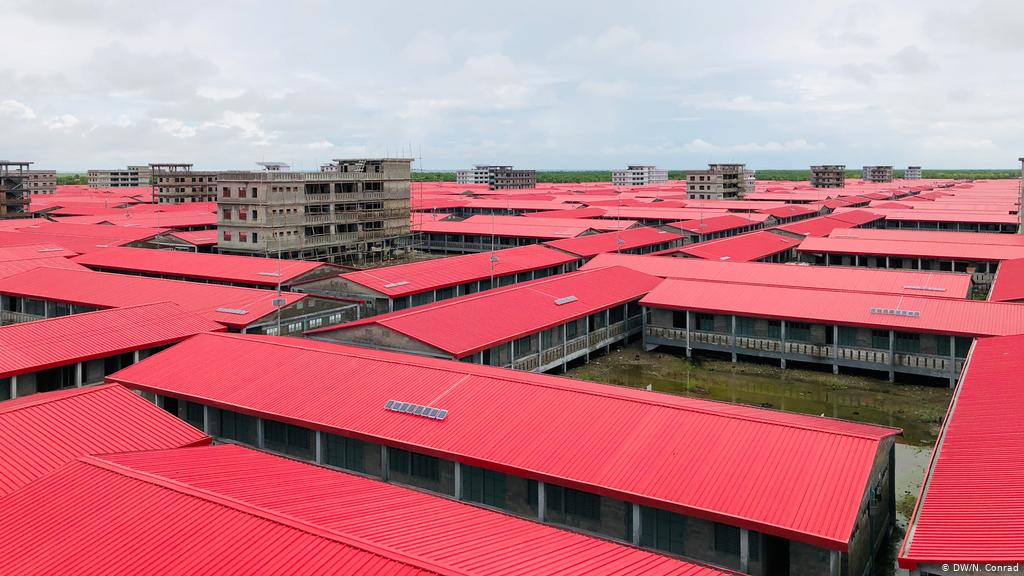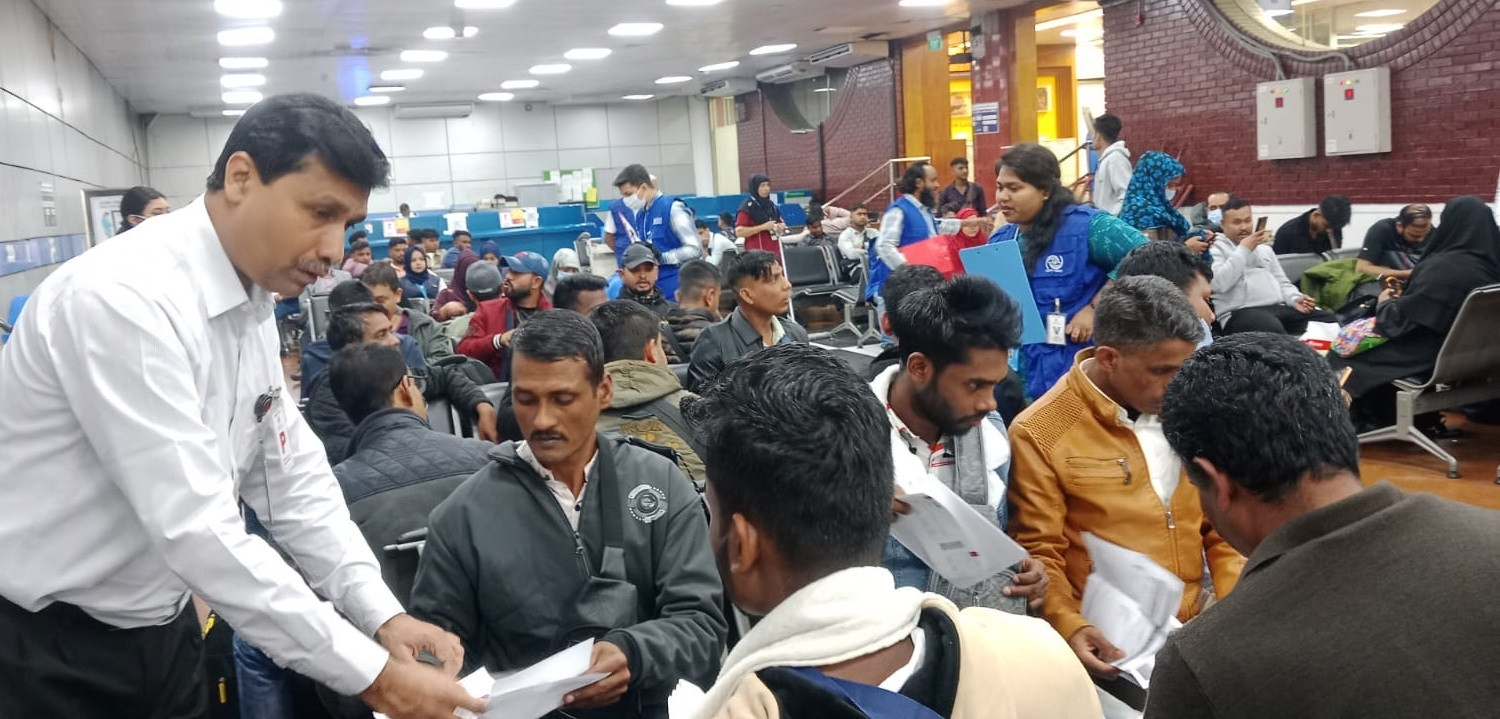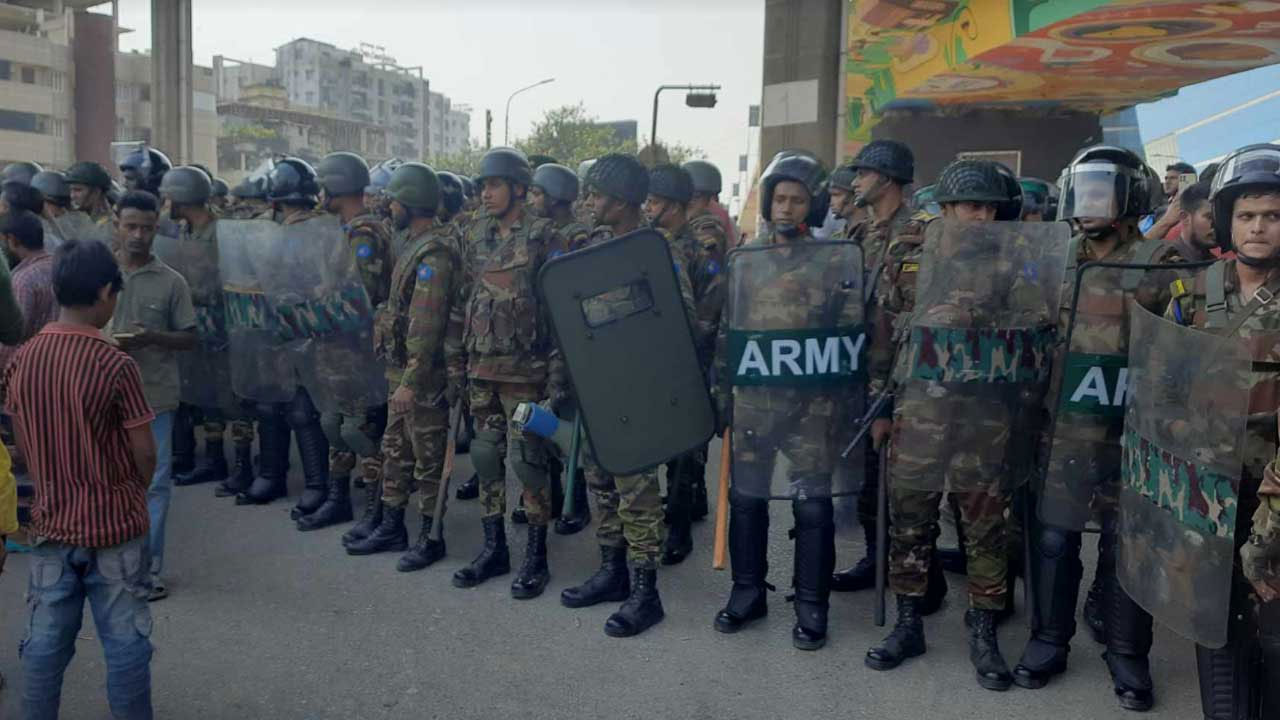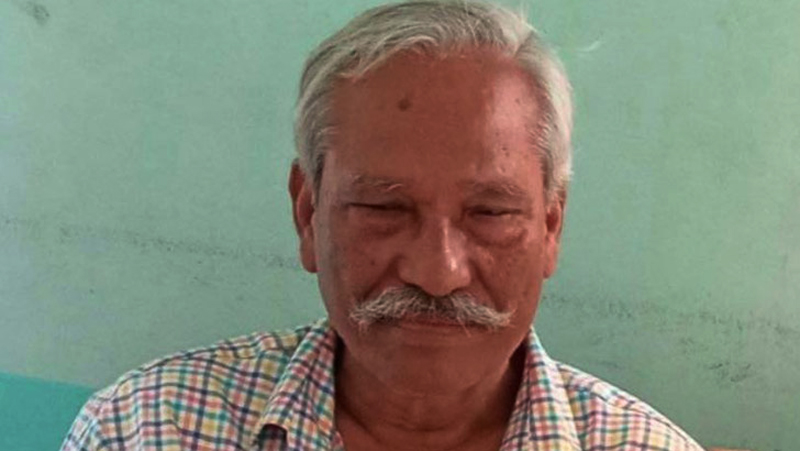Around 2,000 Rohingyas have left Cox’s Bazar for Bhasan Char in Hatiya upazila of Noakhali district as part of the government’s move to relocate some 3,500 forcibly displaced Myanmar nationals to the island in the fifth phase.
They were brought to Chattogram from different camps in Ukhiya and Teknaf upazilas of Cox’s Bazar on Tuesday.
The Rohingyas who voluntarily agreed to go to Bhasan Char will be taken to the island today.
In the morning, they gathered on the Ukhiya Degree College premises where government officials briefed them on various issues.
A total of 21 buses carrying Rohingyas started for Chattogram around 1:15pm, Additional Refugee Relief and Repatriation Commissioner Mohammad Shamsud Douza said.
They stayed overnight at BAF Shaheen College, Chattogram under the supervision of Bangladesh Navy.
Rohingyas will be taken to Bhasan Char by Navy ships from Chattogram Boat Club jetty today, the additional commissioner said.
They are expecting to send around 3,500 persecuted Myanmar nationals to Bhasan Char in the fifth phase, he added.
Earlier, a total of 9,709 Rohingyas were relocated to the island in four phases since December 4 last year.
The second batch of Rohingyas reached Bhasan Char on December 29 last year while the third batch on January 29 and 30 this year and the fourth batch on February 15 and 16.
Bangladesh is currently hosting over 1.1 million Rohingyas and most of them took shelter in Cox’s Bazar in the face of ethnic cleansing and genocide by Myanmar security forces from August 25, 2017.
In Bhasan Char, Rohingya families are living in separate rooms with cooking facilities, electricity and sewerage system along with storm shelters and livelihood opportunities.
In addition to modern accommodation for the Rohingyas, educational institutions, hospitals, clinics and playgrounds have already been set up at Bhasan Char.
Bangladesh Navy implemented the Tk 31-billion housing project, funded with public money, after the government planned to relocate a portion of them to the island.
There are 1,440 cluster houses and 120 four-storey shelter houses to accommodate more than 1 lakh people.










